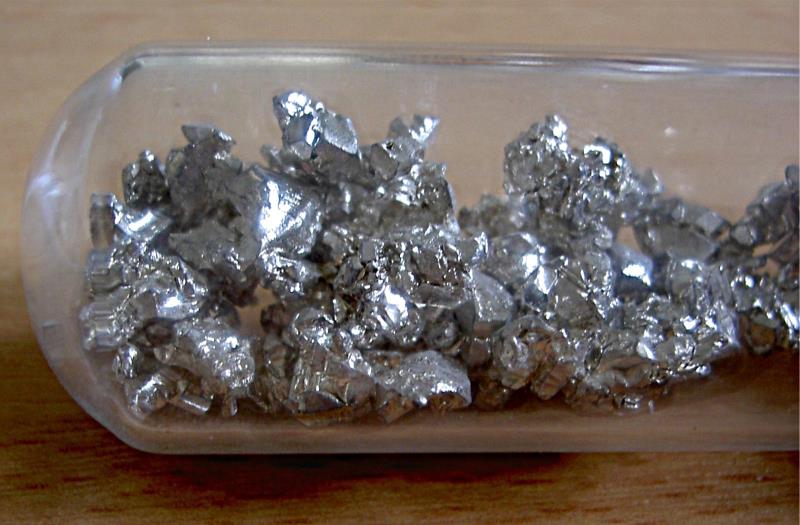Is Calcium a metal?
Discovered in 1808, Calcium (Ca) is the third most abundant metal in the earth’s crust after aluminum and iron. Its pure form is usually extracted from limestone (calcium carbonate). This chemical element surrounds us everywhere – it can be found in the soil and geological formations, in fresh and sea water, and even in living organisms. A grown-up person’s body contains about 1 kg of calcium, predominantly in bones. The metal is used in various construction materials: concrete, cement, glass, bricks and lime.
Interestingly, calcium is seldom used in its pure form because it is a very active metal and easily reacts with other substances including oxygen. That is why we usually come across its various combinations.
Calcium in its pure form:










